Unfortunately, there is no quick-fix when it comes to teaching, yet many available teaching tips for new teachers can’t heart.
Teaching is hard work and can be time-consuming, especially for online teachers. However, it can also be extremely rewarding to share your knowledge with others and shape the lives of your learners.
If you are looking for some quick, simple teaching tips to implement into your lesson, you are in the right place. Here’s the list of the most useful teaching tips for new teachers.
#1 Micro-learning as one of the crucial teaching tips for new teachers
Micro-learning is an e-learning trend which is only set to grow in the coming years. Jump on the bandwagon! Micro-learning involves splitting classes into smaller modules and covering one topic per lesson in detail. The classes should only last from 15-30 minutes in duration.
One reason that this trend is rapidly growing is as a result of shortening attention spans, meaning that micro-learning classes are much easier for students to tackle and retain in their memory. Furthermore, the increasing use of mobile phone devices to access the internet means that there is also an increase in ‘on-the-go learning’. This means that students are beginning to learn on their commute to work or at the gym, during the ‘unoptimized’ time.
Shorten your classes into smaller modules and ensure student engagement.
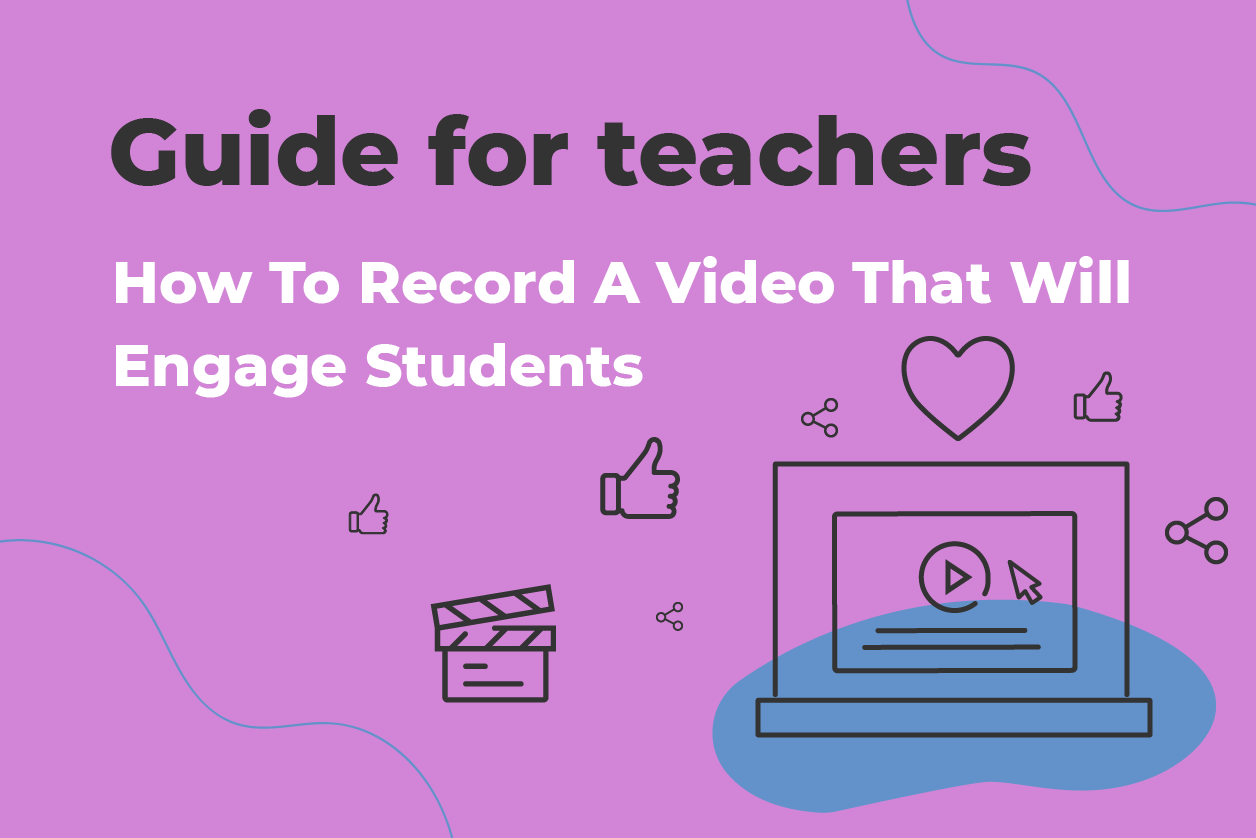
#2 Introduce Multimodal Learning
Multimodal learning describes the type of learning that occurs when the learning content is displayed to the learner in several different formats. Multimodal learning classes can incorporate technology and various interactive activities. It also caters to all learning styles, visual, kinesthetic, and auditory, meaning that students will have the opportunity to learn in the most preferable format for them. This can increase retention rates, boost academic performance, and ensure a deep understanding of the topic.
Luckily for all of you, online learning already incorporates technology, allowing students to engage with the learning content in several different formats. However, we can go a step further. You can include videos, images, charts, posters, graphs, book chapters, academic journals, games, quizzes and puzzles. The options do not even end there! Get creative and present your content to students in several formats.
#3 Make Learning Fun with Gamification
Gamification is another e-learning trend that is becoming more and more prevalent. Teachers are including quizzes on sites such as Kahoot!, games and other interactive activities in their lessons to keep their students interested in the learning experience and engaging with the content presented to them.
Gamification is perfect to introduce into your online classes, as it promotes active learning. Active learning describes the occasion where students are engaging with the content actively, rather than absorbing information from a textbook or listening to a teacher talk about a topic. Active learning improves retention of the content, encourages risk-taking, sparks creativity, and boosts academic achievement. You may not want to pass on this teaching tip.
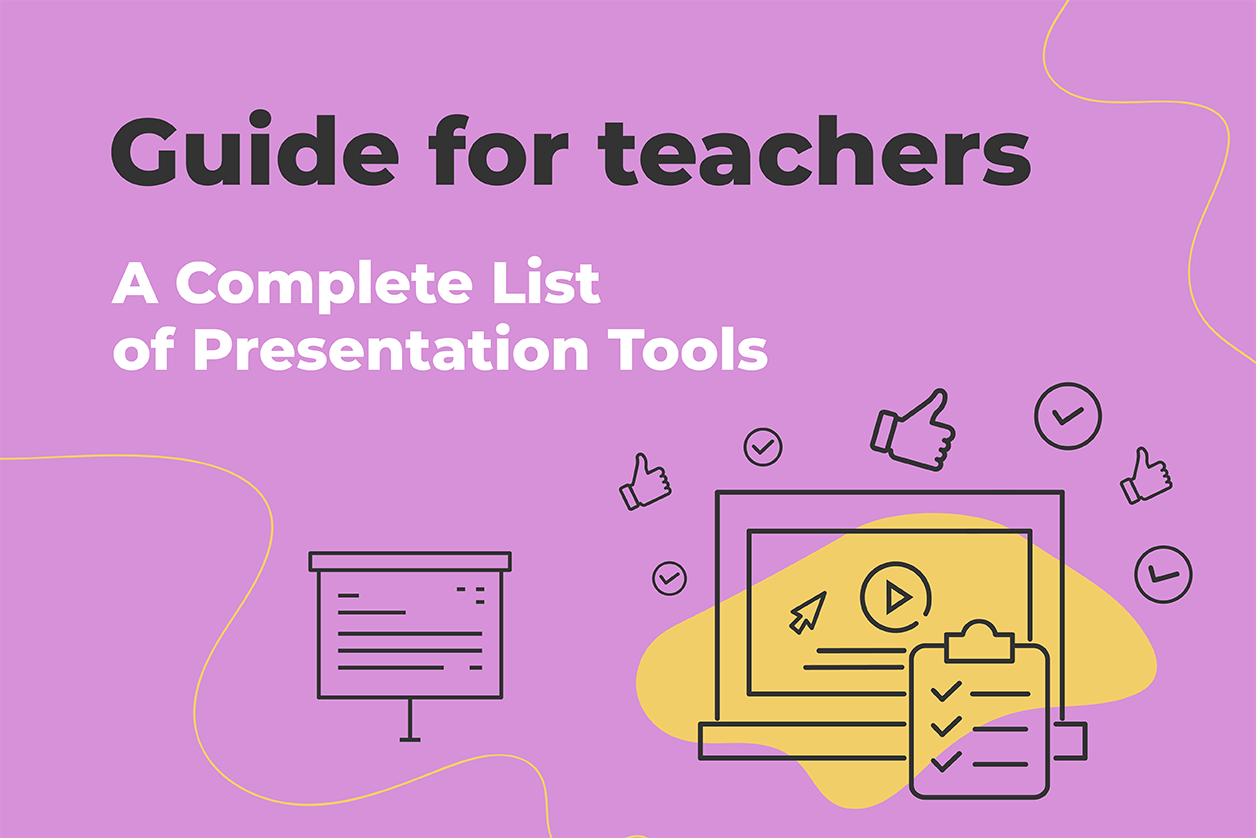
#4 Personalize Classes
With our unique feature of live tutoring calls on InfoDepot, you can conduct real time, one-on-one tutoring sessions with your students. This is a great way to interact and form a bond with your learners whilst also closely monitoring their learning experience.
In addition to these great benefits, you can personalize your classes for students. This is yet another up and coming trend in the world of e-learning that boosts student satisfaction, rewards curiosity and offers the opportunity to improve on challenging areas. These factors combined also boost student performance.
Ask your learners what kind of topics interest them within the subject. For example if you are teaching painting, you may discover that one of your students loves to work with acrylic paints. You can also ask them which areas they find difficult or monitor their progress to discern the areas in which they are challenged.
For instance, you may find that your hypothetical painting student finds sgraffito highly challenging. In this case, for your upcoming lessons with the student, you can work to tackle their difficulties in sgraffito and reward them for their hard work with some acrylic painting tips at the end of the class.

#5 Encourage Student Contribution
The best lessons are student-led or involve heavy discussions with the student. Ensure that you are not just talking at them (during live tutoring calls). Ask them questions, initiate discussions, find out about their favourite parts of the subject, talk to them about how what they have learnt can be applied practically. Let them know that they must ask for help when they are struggling.
Participation adds student interest, engagement and boosts their learning abilities. Encouraging them to participate also improves their confidence and communication skills, which are highly useful skills for learners to have under their belt.
#6 Work with your Students to Establish Learning Goals
This can be done through both pre-recorded online video lessons and live tutoring calls. Encourage your students to always work towards a goal. Suggest devising weekly goals or one big goal for their entire learning journey. During live tutoring sessions, you can also remind them of what they are working towards, how they will get there and why they are learning this particular content. This also allows you to personalise your live tutoring calls further.
For teachers who prefer online video classes, ask your learners to email or message you with their goals and how they plan to achieve them. Offer your support and encouragement. This will increase the likelihood that the students will continue to purchase your classes from the platform rather than searching for other teachers. You can also set yourself weekly teaching goals and let students know what they are! We are all in this together.
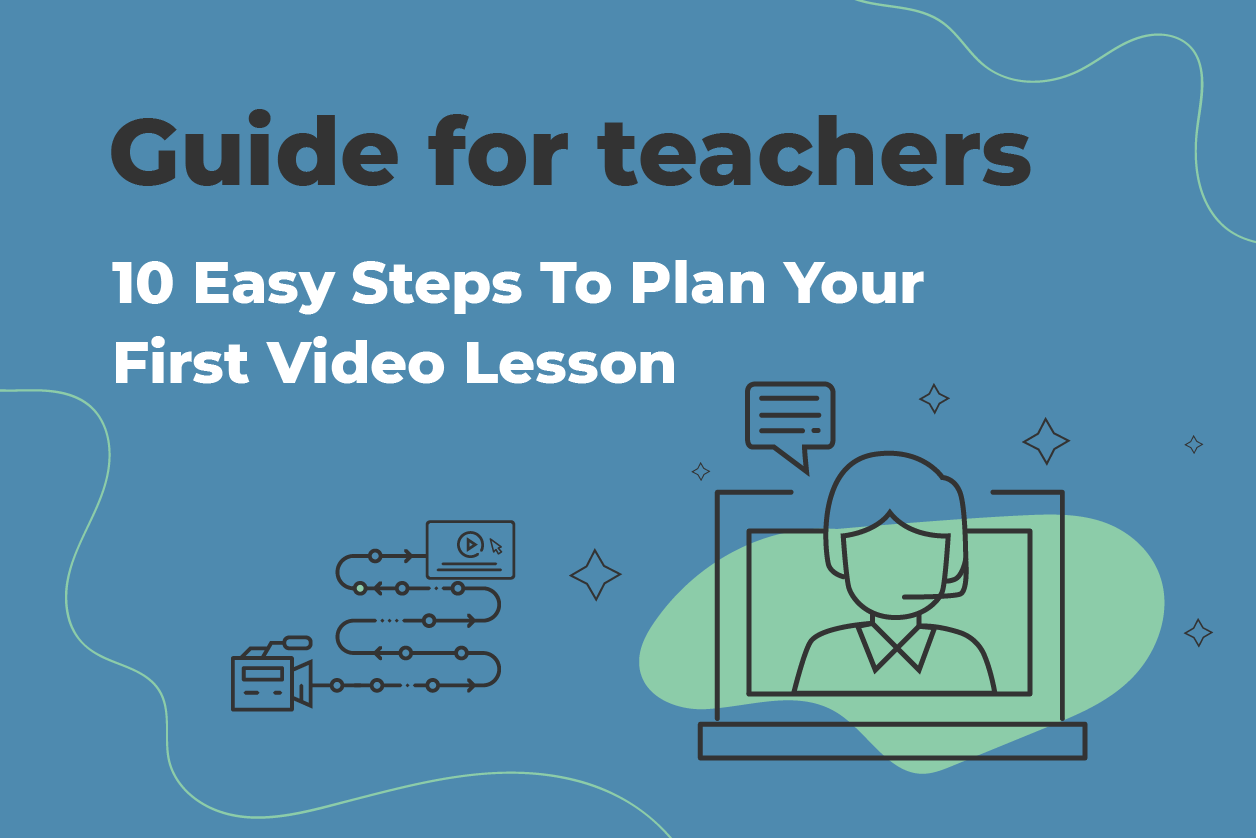
#7 Offer Feedback to Your Students
You can analyse student progress more easily through live tutoring calls, but those of you who are more inclined to produce online video classes do not have to miss out on this tip. For creative lessons such as sewing, you can even ask your students to record themselves trying out your techniques or take a picture of their creations to share with you on social media. You can then give feedback and advice on how to improve.
Don’t forget to keep checking the comments and reviews sections of your video for any queries.
#8 Peer to Peer Tutoring
Peer to peer tutoring (PPT) is a learning technique that allows students to learn from other students, or their ‘peers’. In recent times, technology has had a huge influence on PPT, in that the fundamental concept of the learning technique has changed somewhat.
Due to the ever-increasing need for online learning, particularly with the COVID-19 pandemic, PPT has become a form of learning which involves a live, online, one-on-one learning session. These are the live tutoring calls described earlier in the article. Teachers and learners can form a bond and learning will feel less and less like – well, learning. This new kind of PPT leads to better academic achievement, promotes active learning, encourages lifelong learning and even allows students to have fun during the learning process.
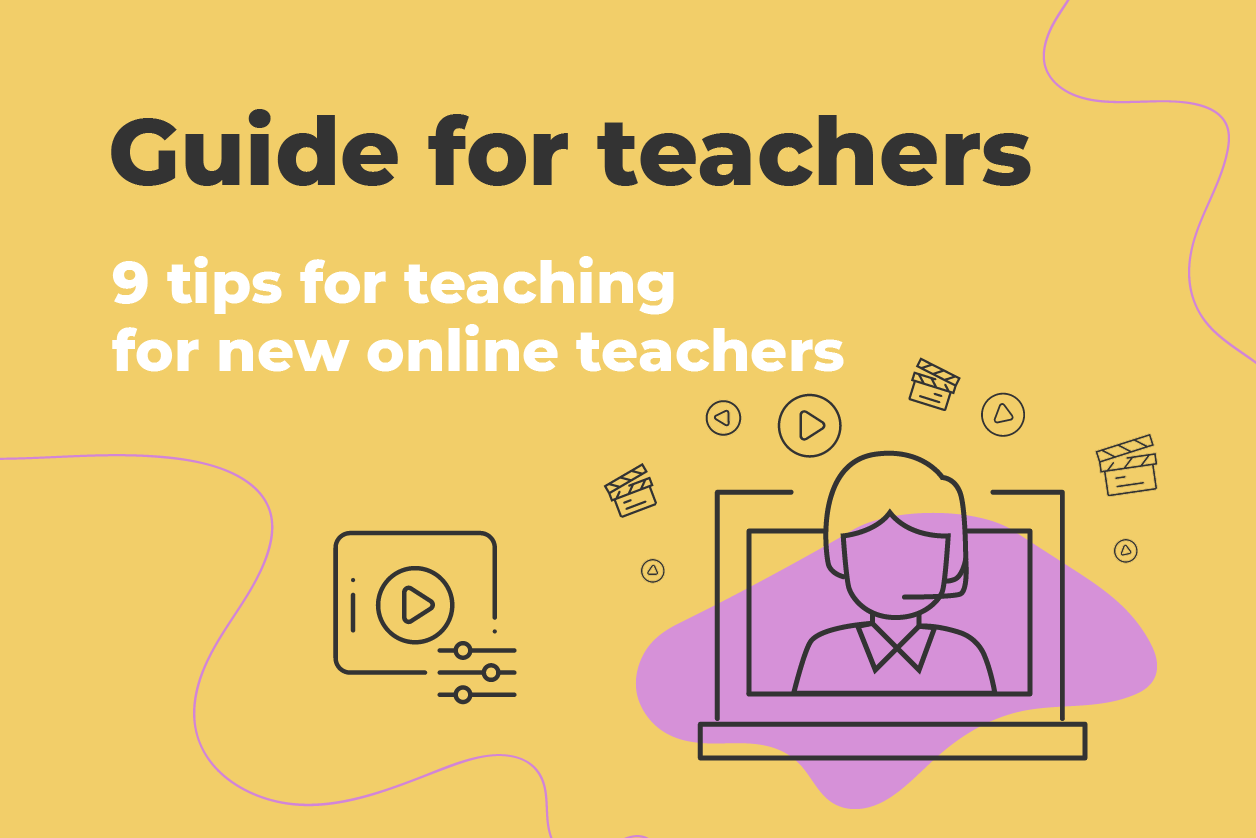
Are you ready to kickstart your teaching methods?
We know how hard it is to be a teacher, particularly during these unprecedented times. Whilst it is important to stay motivated, work hard and to keep supporting your students, it is also extremely important to look after yourself. Take it slow and do not try to implement all of the teaching tips at once. Experiment with them and find out which ones work best for you and your students!
At InfoDepot, we are always looking for ways to help teachers. All of these teaching tips for new teachers can make tutoring simple and fun. And who wouldn’t inject some fun into learning today! Also, check out, even more, useful teaching tips here.

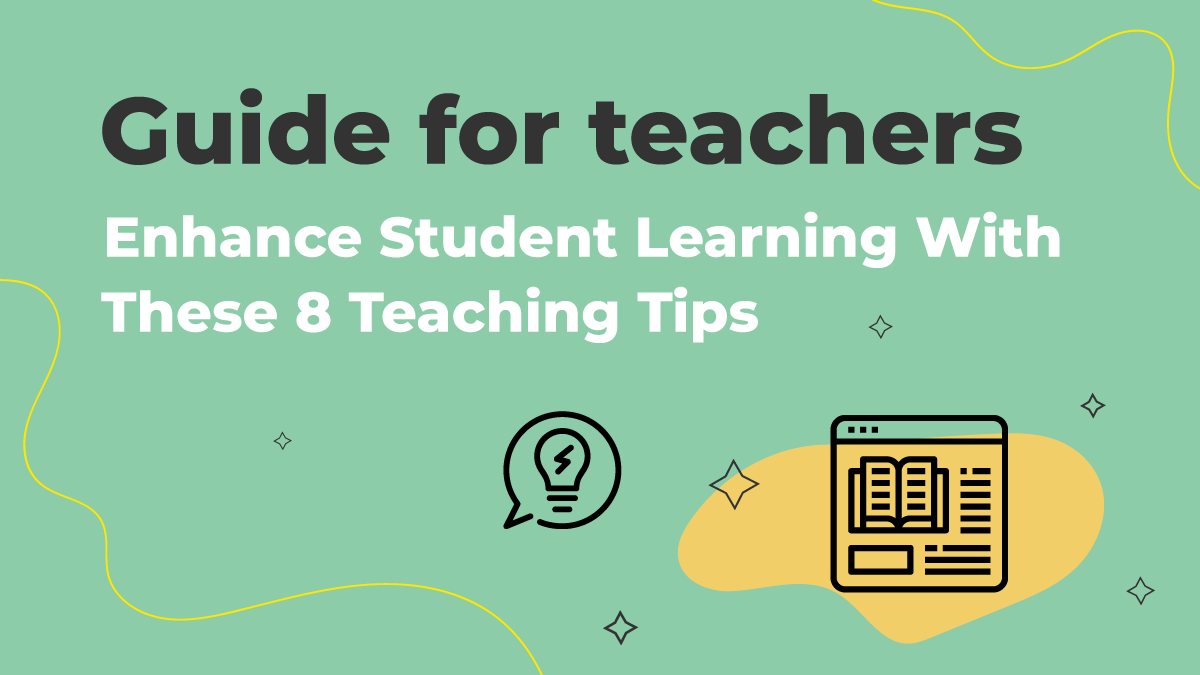



Comments